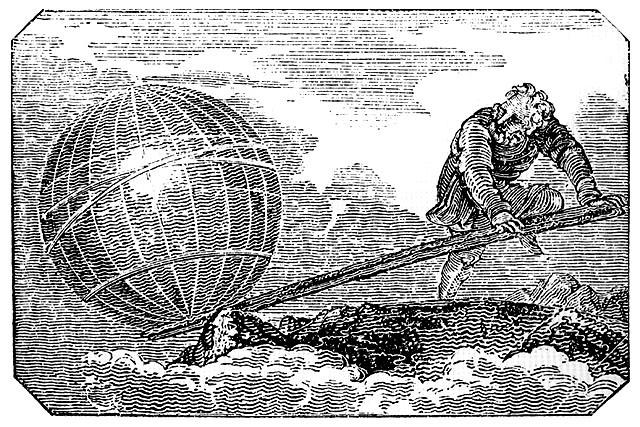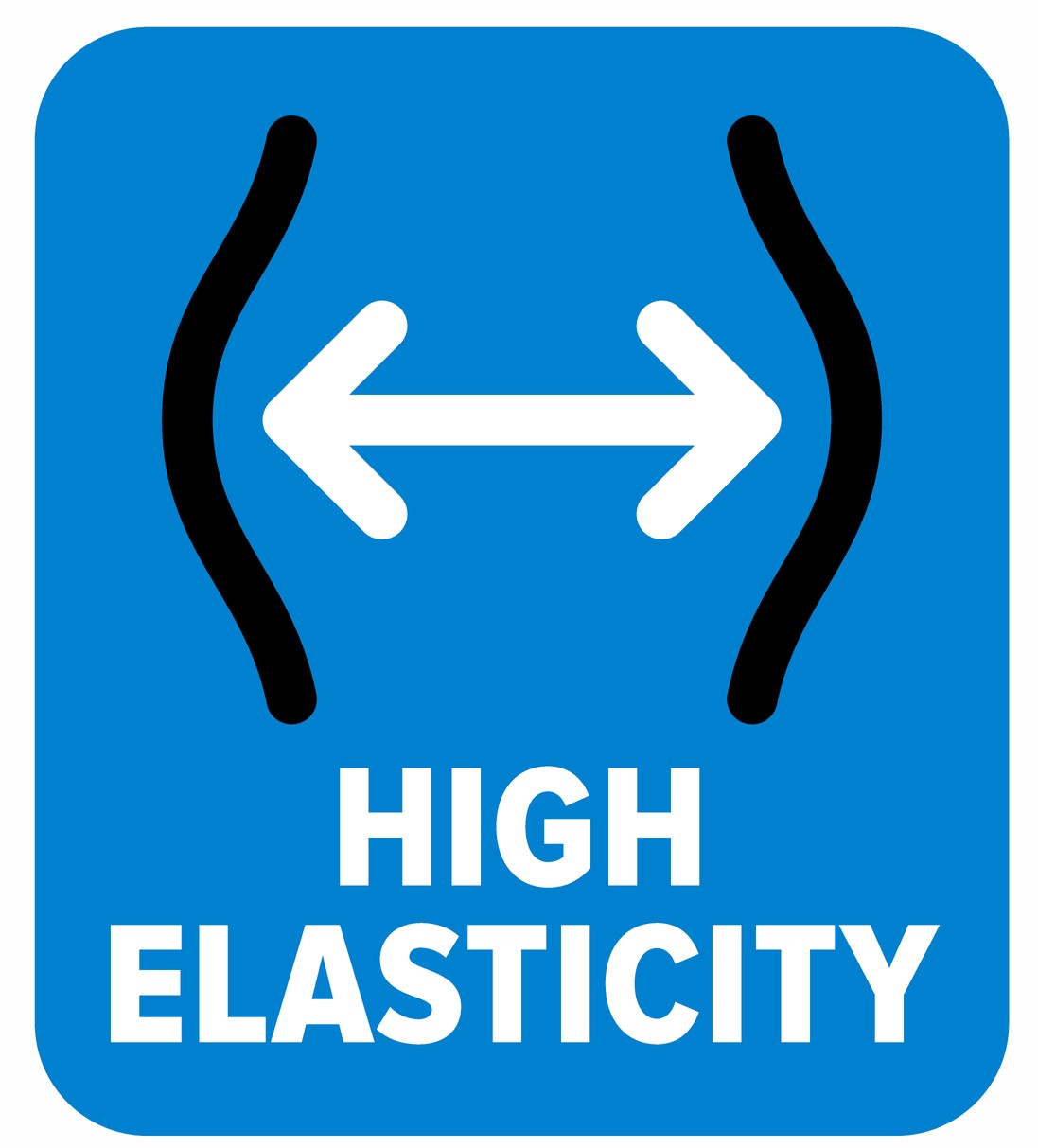Part 1: The Physics of Category
Remember the first time you discovered how much force you could generate by using a lever and fulcrum, compared to what you could do without them? Whether it was taking the top off a soda bottle or ruminating on Archimedes’ famous observation – “Give me a lever long enough and a fulcrum on which to place it, and I shall move the world” – the difference between harnessing the force and ignoring it is astounding.
In the last few years that’s how I’ve come to think about Category in the work we do with our clients. We see a lot of teams focused only on Product, and it’s like one person trying to lift an elephant off the ground without the lever and fulcrum. Once they incorporate Category thinking into their strategy, though, they discover they can generate whole new levels of force both within their company and in the markets they serve.
Why So Rare?
In a way, the inattention to Category thinking is understandable: there’s not a lot that’s been written about it to go by. Geoffrey Moore addresses it in his book Escape Velocity as the most significant in his “Hierarchy of Powers.” And in 2016 the team of Al Ramadan, Dave Peterson, Christopher Lochhead, and Kevin Maney authored Play Bigger, a guide to category design in which they declared convincingly that “category is the new strategy.” (They’ve since published a Mobilization Kit focused on launch execution, available here.) But that’s about the extent of the writing on Category strategy.
My colleagues and I have decided to try to build on this body of literature on Category, based on our experiences. Over the next several weeks and blogs posts I’ll offer some observations that I hope will inspire and provoke you to consider what Category strategy could add to your company.
Embracing the Potential of Category
Let’s start with a definition and a critical idea. By “Category” I mean a classification of products from multiple providers that solve a particular set of business problems. The breadth of the set of problems, the markets that have these problems, the consequences of these problems, and the amount that the market is willing to spend on solving them go a long way toward determining the overall size of the opportunity. But the most critical point to embrace is that you can do the classification; you can define the set of business problems to be solved and value to be realized by doing so; and you can position your offering in a way that positions you for Category success. Don’t let the analysts do it on your behalf, and don’t let competitors do it to you. Category is a proactive tool. More on this in future posts.
Category is powerful for a variety of reasons that I’ll be exploring in this series, but I’ll start off with this one: Category defines the space into which your offering will grow. Category explains to both internal teams and the world at large how your solution will expand – not what it does today (unless you intend not to grow). This is why it is so important for you to design Category based on areas where you have competitive advantage – you will (probably) get there faster and do it better than your competitors. Examples of this abound in the marketplace, including AWS (IaaS), Gainsight (CSM) and Salesforce (Cloud-based SFA).
Position Yourself or Be Positioned
While you do not have to leverage Category thinking in your product strategy, I believe companies who ignore category are competitively disadvantaged. But between your competitors, who will use it to their own advantage if they are smart, and analysts – who will either put you into whatever box they see fit or ignore you altogether – we believe it’s crucial to embrace the leverage that Category can provide to move your organization forward. The good news is, like the laws of physics, Category is a force that any company can harness – not just the established players.
More to come soon, but in the meantime let me know what you think. What experiences have you had with Category?



